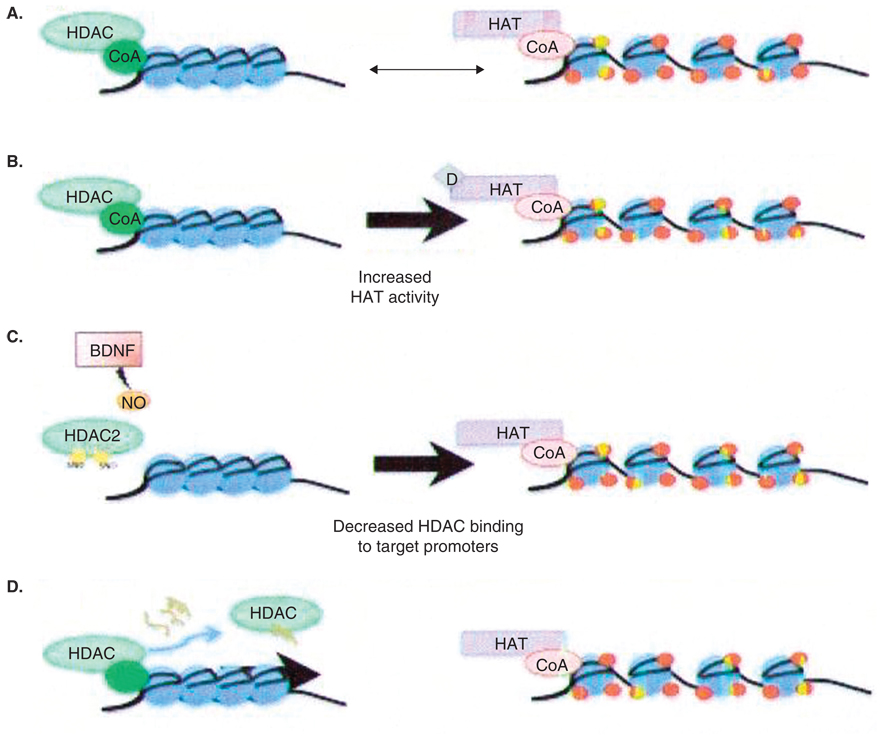Figure 2. Strategies to inhibit histone deacetylase activity.
A. Recruitment of histone deacetylases (HDACs) to gene promoters followed by histone deacetylation leads to DNA compaction and repression of gene expression, whereas recruitment of histone acetyltransferases (HATs) leads to an open DNA conformation and activation of gene expression. B–E. Therapeutic strategies that involve either increasing HAT activity directly or increasing HAT activity indirectly through HDAC inhibition. B. Targeting HATs and directly increasing their activity. C. Targeting signaling pathways that induce post-translational modifications that lead to reduced target promoter binding. D. Designing peptides that can interfere with the interaction between the HDAC and the relevant corepressors and prevent recruitment of HDAC to target promoters. E. Targeting the redox state of HDACs in order to control its subcellular localization. F. Targeting HDAC activity in glia as a mechanism to protect the neurons.
BDNF: Brain-derived neurotrophic factor; CoA: Coenzyme A; CoR: ; NO: Nitric oxide.


